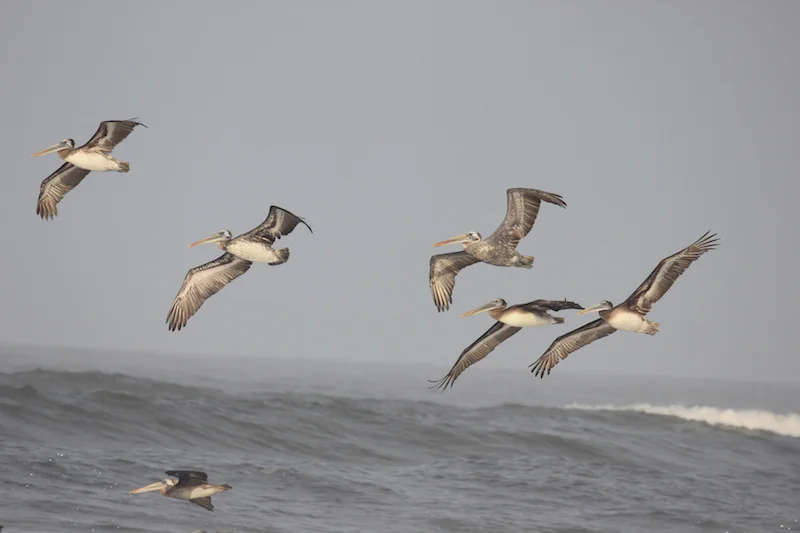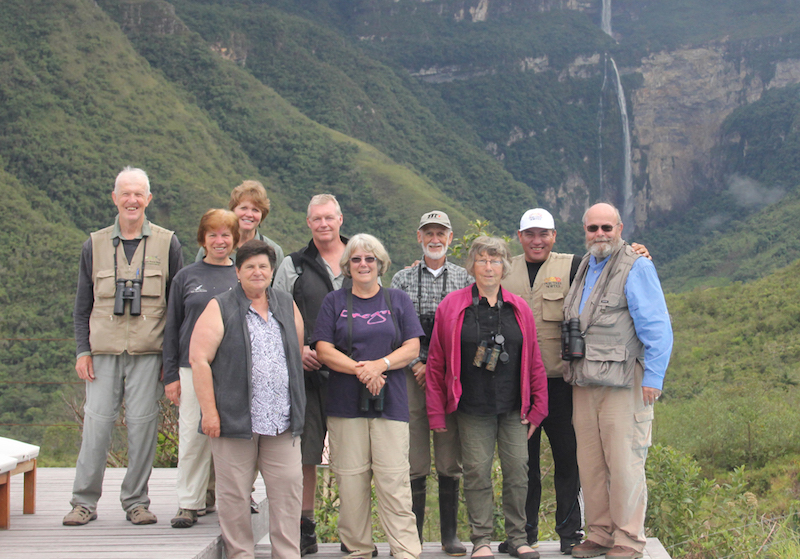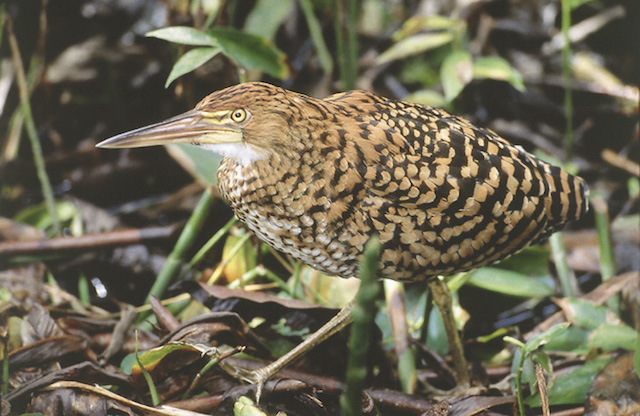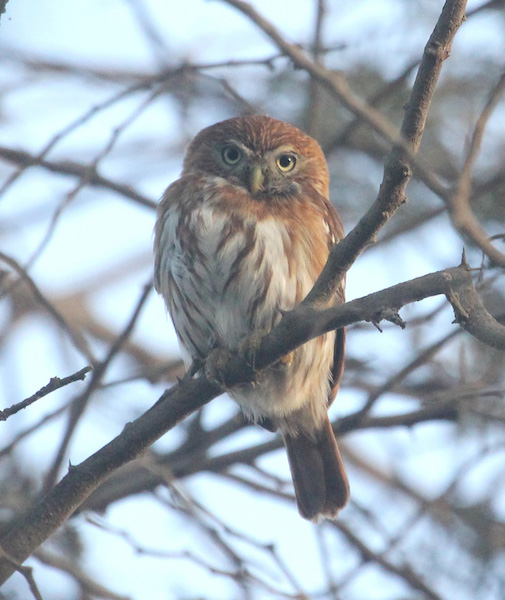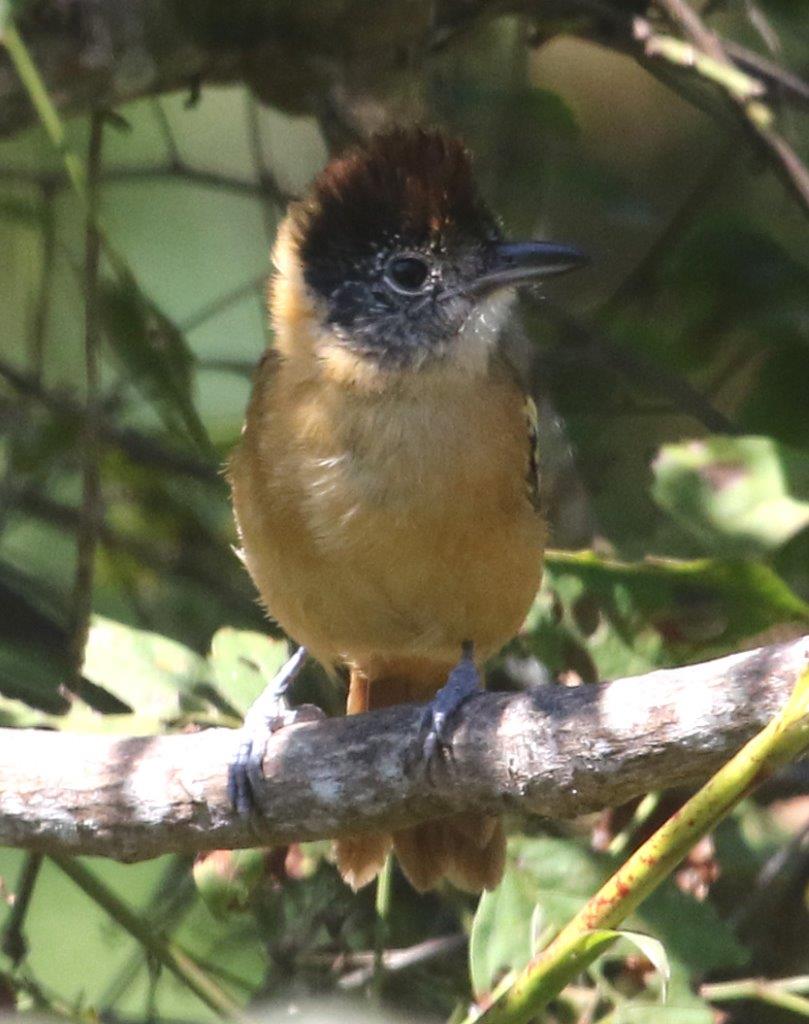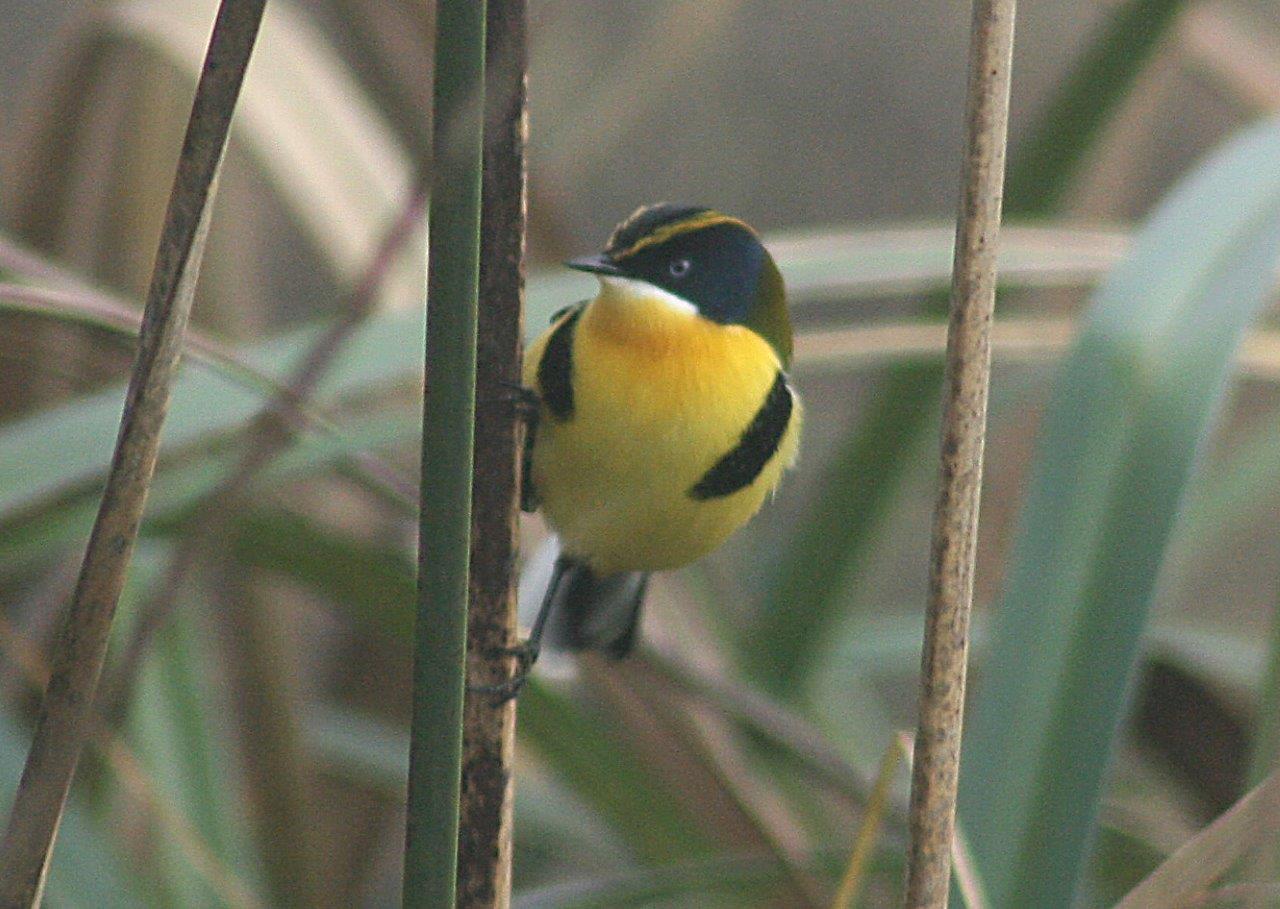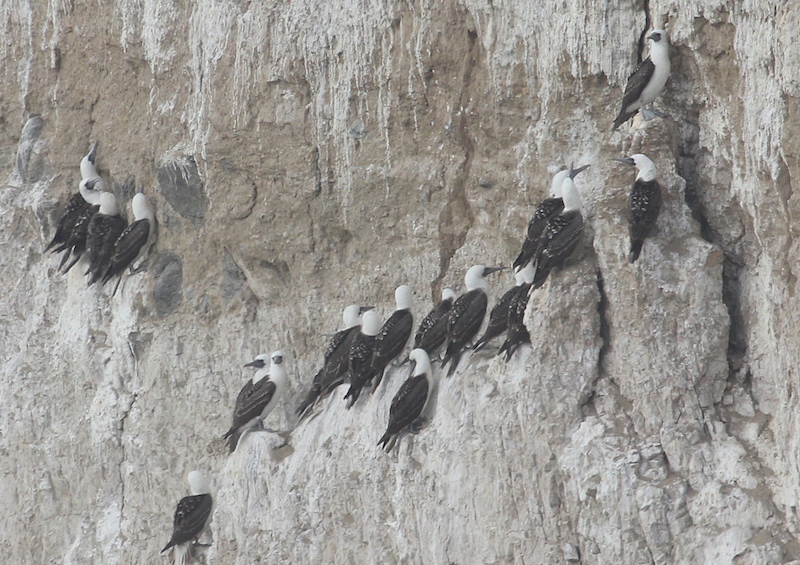Andean Valleys & Pacific Coast Birding 5-Day Tour
Five-day birding tour ranging from Andean cloud forest to dry forest to Pacific coast.
Highlights include Gocta Falls, Gotas de Agua & Tucume.
Overview
Andean Valleys & Pacific Coast Birding: 5-Day Itinerary Outline:
Day 1: Arrive Cocachimba. Overnight at Gocta Lodge
Day 2: Optional: Gocta Falls (Low Path); Drive to Jaen. Overnight at El Bosque
Day 3: Drive to Tucume, via Gotas de Agua & Abra Porculla. Overnight at Los Horcones de Tucume
Day 4: Tucume; Pomac Dry Forest. Overnight at Los Horcones de Tucume
Day 5: Puerto Eten. Transfer to Chiclayo.
Prices
Below prices are per person, based on double occupancy, and include all accommodation, transport, excursions, stated meals & English-speaking birding guide.
NB. Discounts for larger groups.
| Itinerary | Length | Prices From |
|---|---|---|
| 5 Days | £1,366 / $1,750 |
Itinerary
5-DAy Andean Valleys & Pacific Coast Birding Day-By-day Itinerary:
Day 1: Cocachimba: Gocta (Dinner)
Birders & guides in front of Gocta Falls.
On arrival at Cocachimba, you are welcomed with a cold drink.
The rest of the day is free to enjoy the stunning natural surroundings, with impressive views of Gocta Falls.
Dinner & overnight at Gocta Andes Lodge.
Birds to look for: Andean Guan; Torrent Duck; Mitred Parakeet; Koepcke's Screech Owl; Emerald Toucanet; Speckle-chested Piculet; Black-streaked Puffbird; Chestnut-crowned Antpitta; Rufous-capped Antshrike; Rusty-winged Barbtail; Lineated Foliage-gleaner; Azara's Spinetail; Olive-backed & Montane Woodcreepers; Andean Cock-of-the-Rock; Blackish & White-crowned Tapaculo; Maranon Thrush; Andean Solitaire; Speckle-breasted Wren; Streaked Xenops; Silver-backed, Blue-necked, Beryl-spangled, Flame-faced, Rufous-crested, Buff-bellied & Blue-browed Tanagers; Golden-collared Honeycreeper; Rufous-winged Tyrannulet; White-eared Solitaire; Chestnut-crested Cotinga; Golden-headed Quetzal; Masked Trogon; Flavescent Flycatcher; Golden-winged and Johnson's Tody-Flycatchers; Golden-rumped Euphonia; Golden-bellied Grosbeak; Hooded Siskin; Black & White & Yellow-bellied Seedeaters; Crested & Russet-backed Oropendolas.
Day 2: Gocta - Jaen: Birding Options (All Meals)
Today, starting out from Gocta Lodge, we have two options:
Fasciated Tiger-Heron near Bellavista.
#1: Birding en route to Jaen
Leaving Gocta, we head into the Utcubamba Valley, and follow the river to Pedro Ruiz and then to Jaen, making roadside stops for birding along the way.
On arrival in Jaen, we check in to our town hotel and have lunch there.
Then, in the afternoon, we visit a riverside and marsh habitat along Bellavista Road, north of Jaen.
Possible birds: Fasciated Tiger-Heron; Savanna Hawk; Long-tailed Mockingbird; Spot-throated Hummingbird; Vermilion Flycatcher; Collared Antshrike; Scarlet-fronted Parakeet; Red-crested Finch; Peruvian Pigeon; Yellow-tailed Oriole; Rufous-fronted Thornbird; Greater Ani; Spotted Rail; Lesser Nighthawk.
Option 2: Gocta Falls (Lower Trail)
Gocta Waterfall is among the highest in the world and yet only became known to the outside world in 2006.
We have the opportunity to reach the foot of these falls, taking a 6 km (4 mile) trail that leads directly from Gocta Lodge.
The area has been found to be rich in bird species, and so we will take a packed lunch with us, and make birding stops along the way.
On return from the Falls, we will make the drive to Jaen.
Sand-Coloured Nighthawks near Tamborapa.
Possible birds: Andean Cock-of-the-Rock; Maranon Thrush; Andean Solitaire; Smoky Brown Woodpecker; White-bellied Hummingbird; Golden-bellied Grosbeak; Hooded Siskin; Golden-rumped Euphonia; Russet-backed & Crested Oropendolas; Olive-backed & Montane Woodcreepers; Emerald Toucanet; Blackish Tapaculo; Rufous-winged Tyrannulet; Mitred Parakeet; Buff-bellied, Blue-necked, Beryl-spangled & Flame-faced Tanagers; Sparkling & Green Violetears.
The two options include evening birding along the San Ignacio Road, near Tamborapa, to watch thousands of Sand-colored Nighthawk.
Dinner and overnight at Hotel El Bosque, Jaen, or similar.
Day 3: Jaen - Tucume: Gotas de Agua & Abra Porculla (All Meals)
Peruvian Pygmy Owl at Gotas de Agua Reserve.
We spend the morning at a local privately-owned reserve, Gotas de Agua, in the company of the owner and local expert, Luciano Troyes.
The reserve covers 1,800 ha (4,500 acres) of dry bush and scrub, the typical habitat of the region, and is a good place to see Marañon Crescentchest, Little Inca Finch and Chinchipe Spinetail.
Tataupa Tinamou are often heard, but only occasionally seen.
Birds to look for: Harris's & Savanna Hawks; Lesser Nighthawk; Spotted Rail; Paint-billed Crake; Scarlet-fronted Parakeet; Collared Antshrike; Red-crested Finch; Tataupa Tinamou; Marañon Crescentchest; Little Inca Finch; Scarlet-backed Woodpecker; Peruvian Pygmy Owl; Yellow-tailed Oriole; Rufous-fronted Thornbird; Marañon & Chinchipe Spinetails; Fasciated Wren; Spot-throated Hummingbird; Purple-collared Woodstar; Striped Cuckoo; Black-and-White Becard; Brown-crested Flycatcher; Purple-throated Euphonia.
We have lunch back in Jaen, then depart for Tucume, crossing the mountain pass at Porculla.
On arrival in Tucume, there is time for evening birding and spotlighting, in the hotel grounds.
Dinner & overnight at Los Horcones de Tucume, or similar.
Possible birds: Collared Antshrike; Red-crested Finch; Tataupa Tinamou; Marañon Crescentchest; Little Inca Finch; Scarlet-backed Woodpecker; Peruvian Pygmy Owl; Yellow-tailed Oriole; Rufous-fronted Thornbird; Maranon & Chinchipe Spinetails; Fasciated Wren; Purple-collared Woodstar; Three-banded & Grey and Gold Warblers; Chapman’s Antshrike; Piura Chat-Tyrant; White-headed Brush-Finch; Line-cheeked Spinetail; Lesser Goldfinch; Plumbeous-backed Thrush; Amazilia Hummingbird; Peruvian Pygmy Owl; Short-eared Owl; Scrub Nightjar.
Female Collared Antshrike in Pomac Dry Forest.
Day 4: Pomac Dry Forest (All Meals)
We spend all day in the protected dry forest environment of Bosque de Pomac, near Tucume.
We are now west of the Andes where there are many new and endemic species.
Some of the bird species can also be found at Chaparri, but Pomac is an important site for the rare Peruvian Plantcutter and Rufous Flycatcher. Burrowing Owls are easily spotted here.
Moreover, Pomac is an important archaeological region, with many pyramids belonging to the Sican culture in evidence.
Birds to look for: Peruvian Plantcutter, Tumbes Swallow, Rufous Flycatcher, Burrowing Owl, Necklaced Spinetail, Superciliated Wren, Coastal Miner, Pacific Elaenia, Rufous-winged Tyrannulet, Lineated & Scarlet-backed Woodpeckers, Streak-headed Woodcreeper, Collared Antshrike, White-edged Oriole, Tawny-crowned Pygmy Tyrant, Grey & White Tyrannulet plus other Tumbesian and dry forest birds.
In the afternoon, we have the option of visiting the Royal Tombs Museum, in Lambayeque, with its impressive collection of Moche treasures.
Dinner and overnight at Los Horcones de Tucume, or similar.
Possible birds: Pacific Parrotlet; Grey & White Tyrannulet; Baird’s Flycatcher; Streak-headed Woodcreeper; Peruvian Plantcutter; Tumbes Sparrow; Cinereous Finch; Superciliated Wren; Scarlet-backed & Guayaquil Woodpeckers; Necklaced Spinetail; Cinereous Conebill; Tawny-crowned Pygmy-Tyrant.
Day 5: Puerto Eten & Chiclayo (Breakfast)
Many-Coloured Rush-Tyrant at Santa Rosa Marshes.
We leave Tucume early in order to head for the Pacific coast, via the town of Chiclayo, to explore the coastal lagoons, sand dunes and marshes.
We begin at Santa Rosa Marshes, an excellent wetland area spreading along the coast south and east of Pimentel as far as Puerto Eten.
It consists of disturbed agricultural land, sand dunes, marshes and lagoons.
The lagoons often hold a variety of ducks, other water birds, waders and plovers.
Wren-like Rushbird and Many-coloured Rush-Tyrant are characteristic of the tall reedy vegetation of the area.
Peruvian Thick-knee, and the rarer Tawny-throated Dotterel and Least Seedsnipe can be spotted in the dry, open fields.
Morro de Eten is a hill south of Puerto Eten, which is a great place for watching the spectacular array of birds on the cliffs, including Peruvian Pelicans, Peruvian & Blue-footed Boobies, Guanay & (sometimes) Red-legged Cormorants and Inca Terns. You may be lucky and spot a distant Waved Albatross.
Peruvian Boobies at Morro de Eten.
Birds to look for: Great & Pied-billed Grebes; Peruvian & Blue-footed Boobies; Peruvian & Brown Pelicans; Neotropic, Guanay & Red-legged Cormorants; Waved Albatross; Chilean Skua; Cinnamon Teal; White-cheeked & Yellow-billed Pintail; Puna Ibis; Grey, Franklin's; Grey-hooded & Belcher's Gulls; Peruvian, South American, Royal, Elegant & Inca Terns; Peruvian Thick-knee; Tawny-throated Dotterel; Least Seedsnipe; Coastal Miner; Short-tailed Field-Tyrant; Chestnut-collared Swallow; Parrot-billed Seedeater; Wren-like Rushbird, Many-coloured Rush-Tyrant; Burrowing Owl; Kelp; Yellowish Pipit; shorebirds, other wildfowl, various herons and egrets; shearwaters; Harris’s & Savanna Hawks.
Later in the day, we transfer you to Chiclayo airport or bus station for your onward travel.
Or you may wish to spend time birding and wildlife spotting at Chaparri Ecological Reserve.

